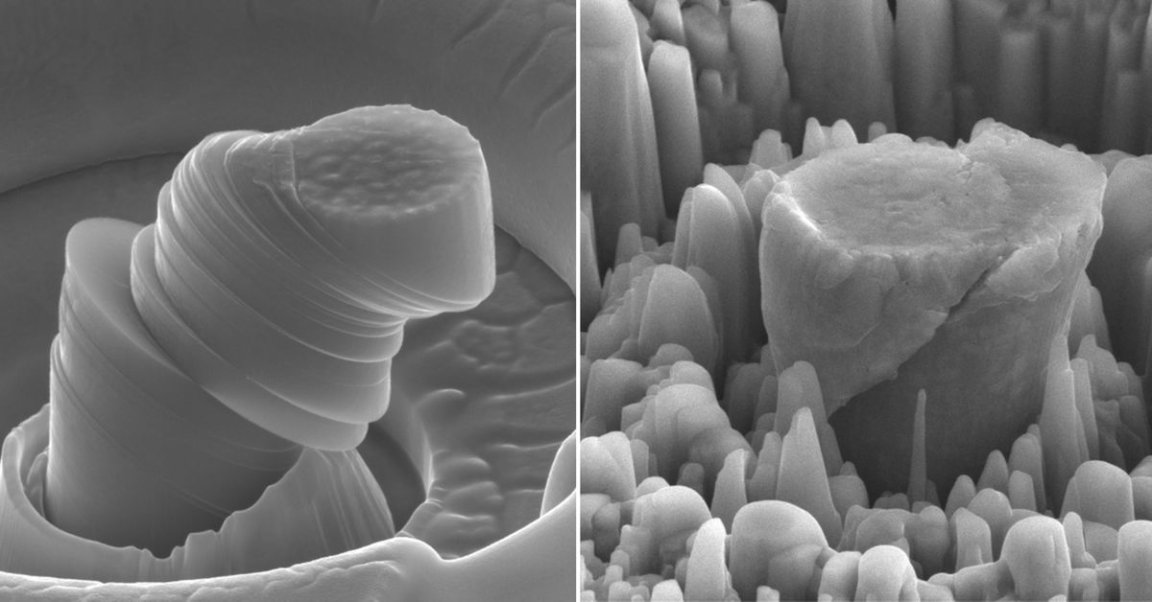
The Breakthrough
Engineers at the UCLA Henry Samueli School of Engineering and Applied Science, Los Angeles say that they have created the Superman of metals. It’s a material so strong and so lightweight that it could pave the way for the development of faster vehicles and also transform the airline industry. If that’s not enough, it also has several applications in mobile electronics and biomedical devices.
The researchers combined ceramic silicon carbide nanoparticles with magnesium. The resultant metal possesses a stiffness-to-weight ratio that outperforms other similarly strong metals, which engineers have been using reliably for generations.
The metal can also absorb and withstand high heat without having its integrity altered, which shows its superior stability. You can learn more about what makes a metal a metal in the video below.

The Implications
When discussing the significance of the research, Xiaochun Li, the principal investigator and Raytheon Chair in Manufacturing Engineering at UCLA, notes that the process could revolutionize how we create materials for our industries: “It’s been proposed that nanoparticles could really enhance the strength of metals without damaging their plasticity, especially light metals like magnesium, but no groups have been able to disperse ceramic nanoparticles in molten metals until now. With an infusion of physics and materials processing, our method paves a new way to enhance the performance of many different kinds of metals by evenly infusing dense nanoparticles to enhance the performance of metals to meet energy and sustainability challenges in today’s society.”
Nanoparticles are a minuscule amount of material, only about a billionth of a meter in size. When certain materials are scaled down to such a degree, their physical and chemical properties are altered, which may cause unfavorable results that render the material unusable.
To address this, nanoparticles of silicon carbide (a hard ceramic material used to make industrial cutting blades) were infused into molten magnesium zinc. This “nanocomposite” metal is made up of approximately 86 percent magnesium and 14 percent silicon carbide.
Magnesium is a readily available resource, meaning procuring it would be easy, and doing so would not damage to the environment.
“The results we obtained so far are just scratching the surface of the hidden treasure for a new class of metals with revolutionary properties and functionalities,” Li said.